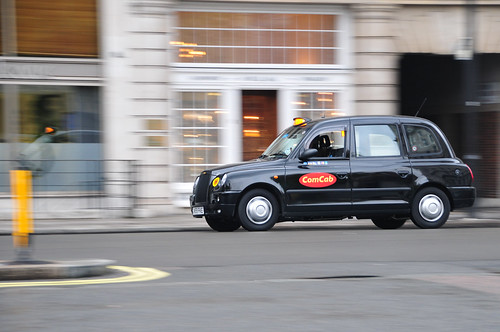 |
| Vroom! |
I decided to add a 256 GB SSD drive and went for a OCZ SSD Vertex 4 Series 256 Gb 2.5" SATA III drive with a Pro Sled 2.5" SSD/HDD. This fit snuggly in the 4th HD bay of my machine. I also wanted to take advantage of this commotion for doing a clean install of the newfangled Mountain Lion. (After making sure using good old googling that Cubase and Lightroom would still work.) I bought the upgrade in the AppStore, downloaded the installer, and followed this guide to get it onto a USB-stick: http://www.macworld.com/article/1161069/make_a_bootable_lion_installer.html . Reboot holding down the alt-key, chose to boot from USB and got a clean OSX in zero point swish. Since I still have my old HDs in there somewhere, and some bigger, not as often accessed files can stay on the old-fashioned platters, I symlinked some folders to my user's folder. One of them is Dropbox. (I might just change this in the future, but for now this seems to suit me just fine.) The plan is to keep the OS and programs on the SSD and photos etc elsewhere. I keep the huge Lightroom library file - with previews - on the SSD for quick start of the program, though.
It really _is_ like having a new computer. Everything is just super snappy. My Novabench drive write speed scores went from 52 MB/s to 164 MB/s. Most excellent.
Some additional tips/tools/references:
It really _is_ like having a new computer. Everything is just super snappy. My Novabench drive write speed scores went from 52 MB/s to 164 MB/s. Most excellent.
Some additional tips/tools/references:
- I found this Fresh Mountain Lion Cheatsheet really usefull - especially if you want to set up your machine for Ruby and/or Rails development: http://blog.danielfischer.com/2012/08/16/fresh-mountain-lion-cheatsheet-ruby-environment/
- Also, I would like to recommend this excellent tool: Mountain Tweaks: http://tweaksapp.com/app/mountain-tweaks/
Comments
Post a Comment